Futalongkosaurus
Name Origin
Giant Chieftain Lizard
Family
Titanosauridae
Classification
Diapsida, Saurischia, Sauropodomorpha
Habitat (Discovery Location)
Argentina
Period
Approximately 87 million years ago (Late Cretaceous)
Length
Approximately 26 to 35 meters
Weight
Approximately 29 to 50 tons
Diet
Herbivore (Plant-eater)
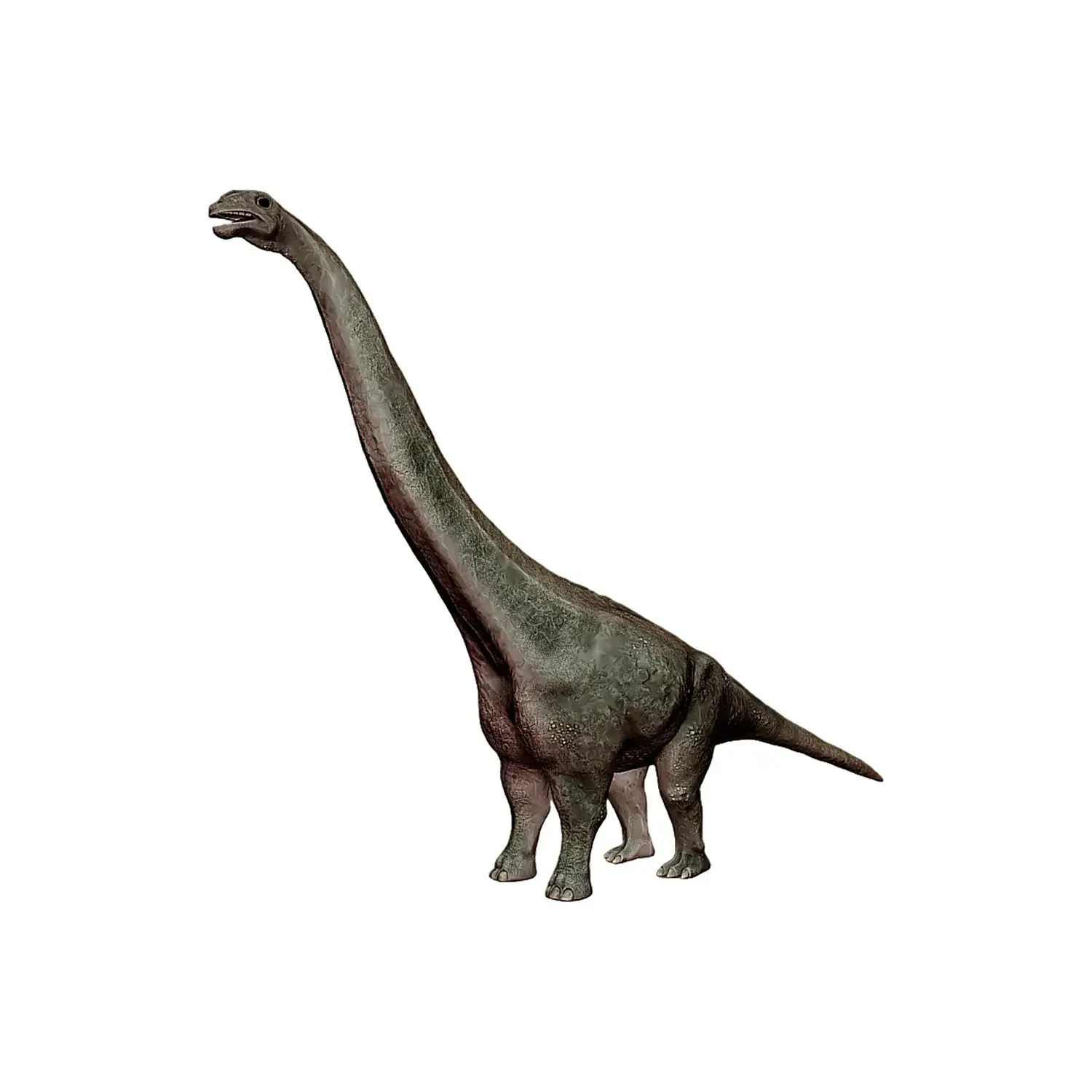
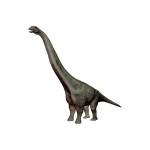
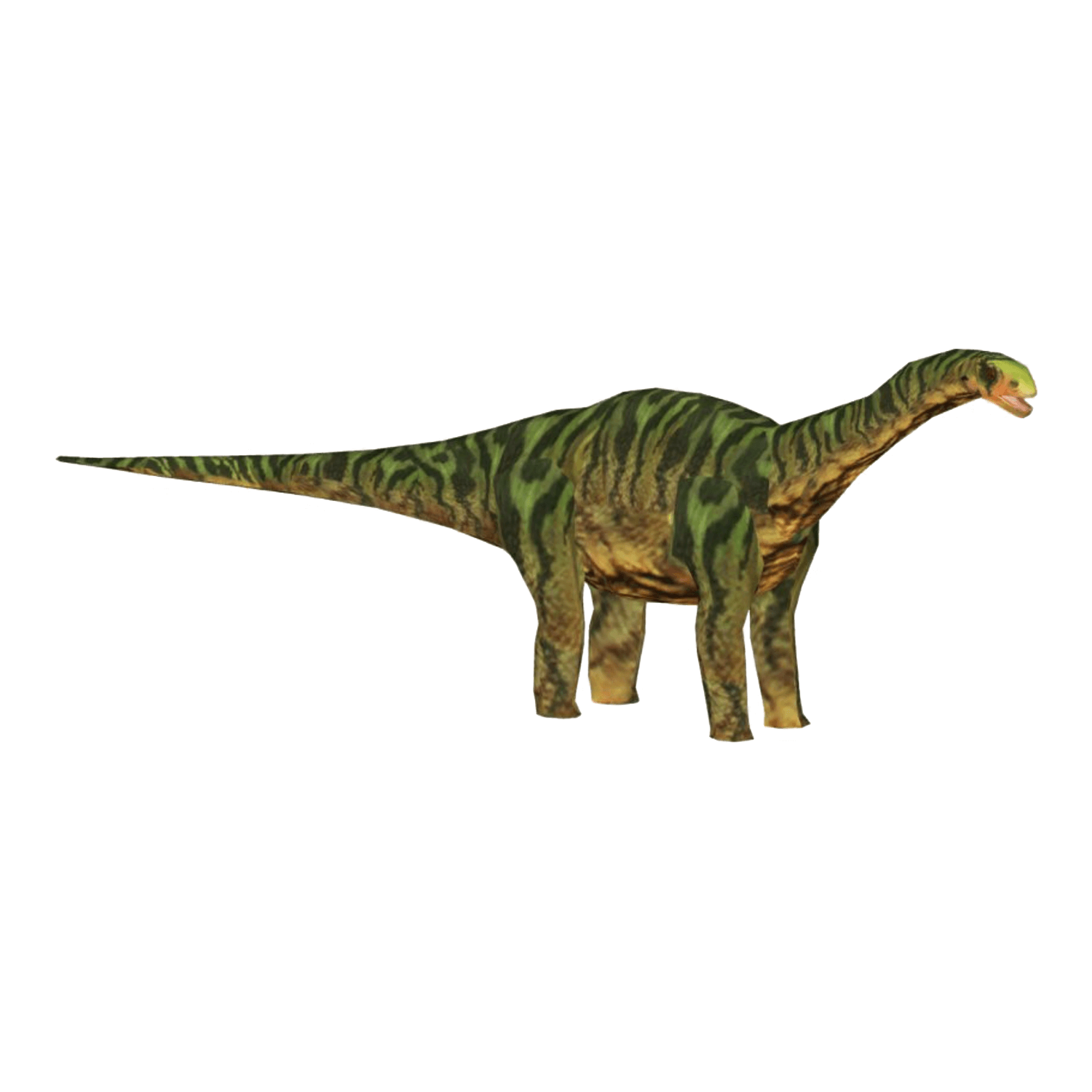
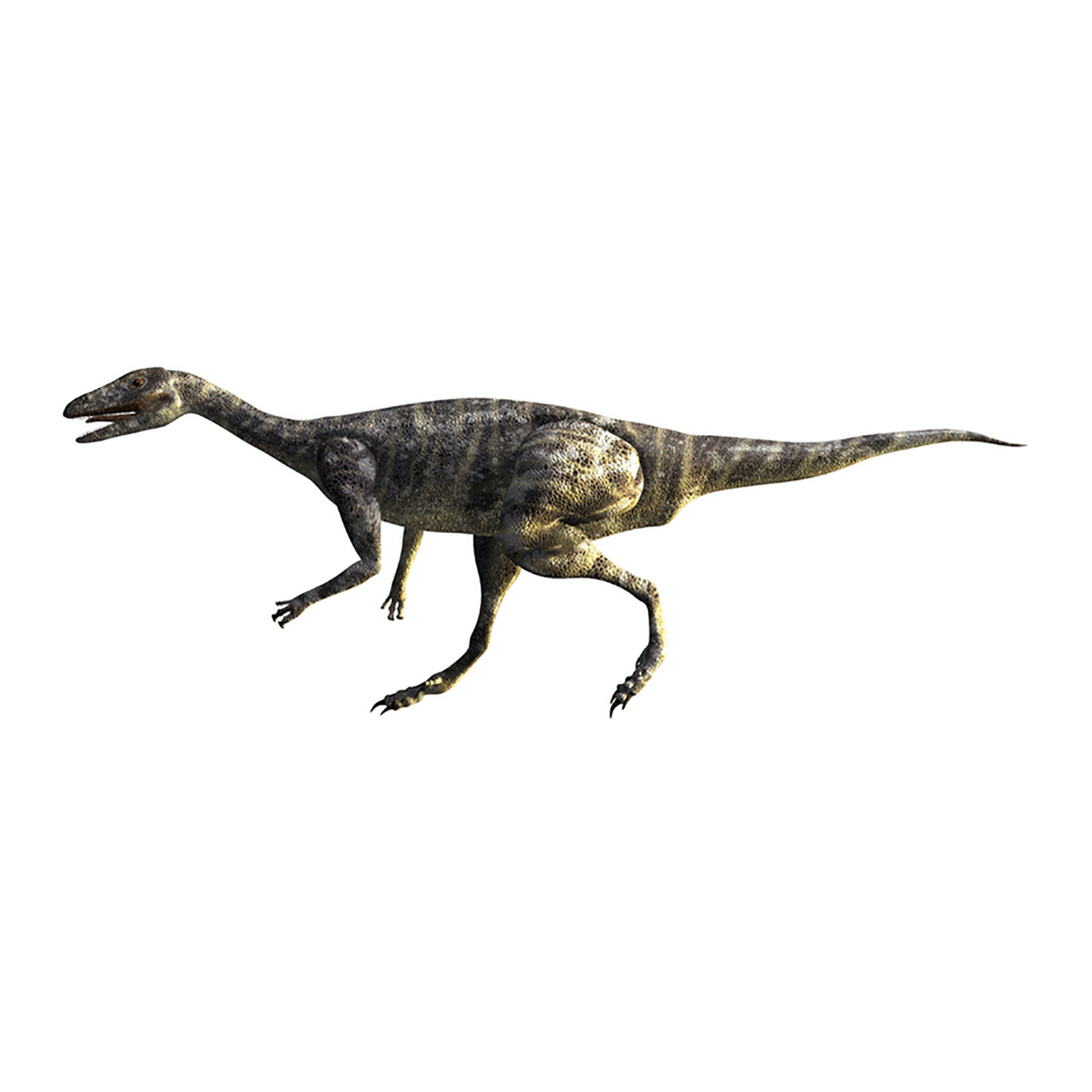

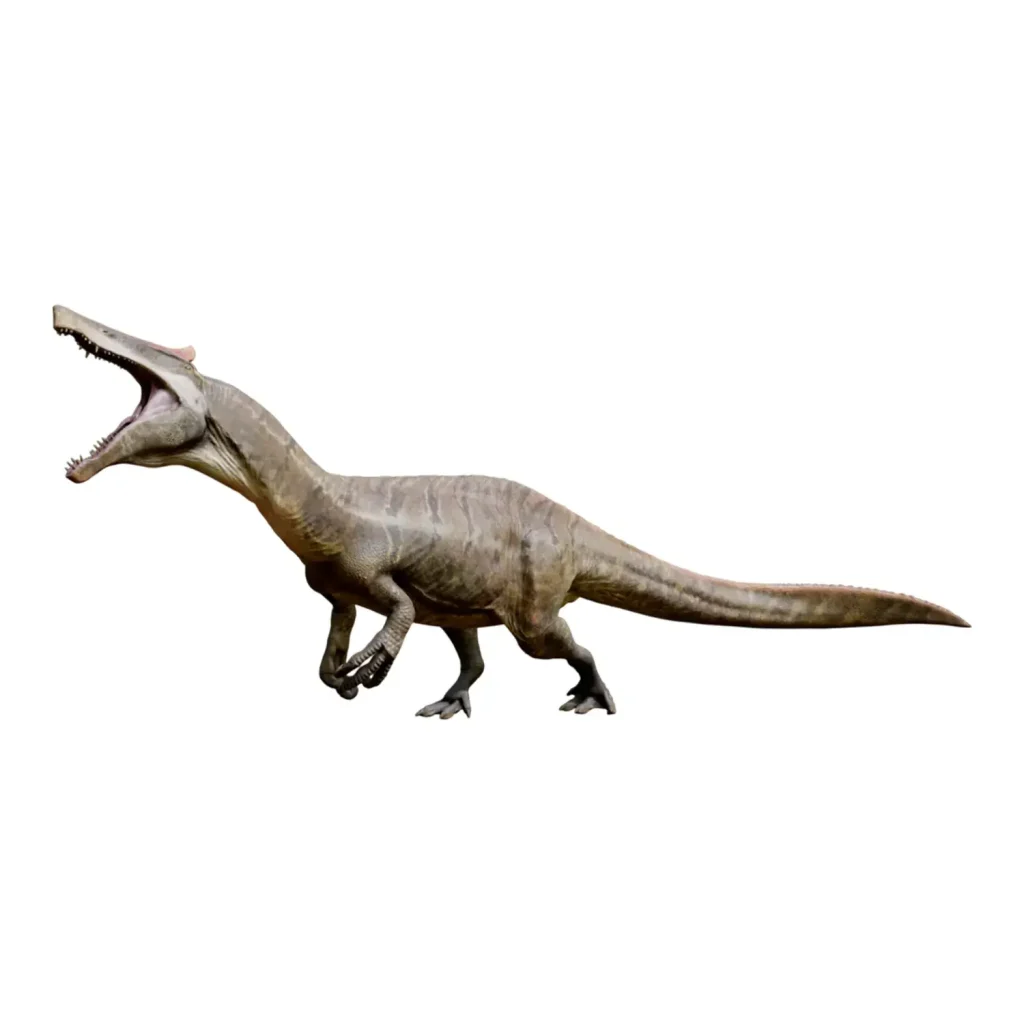

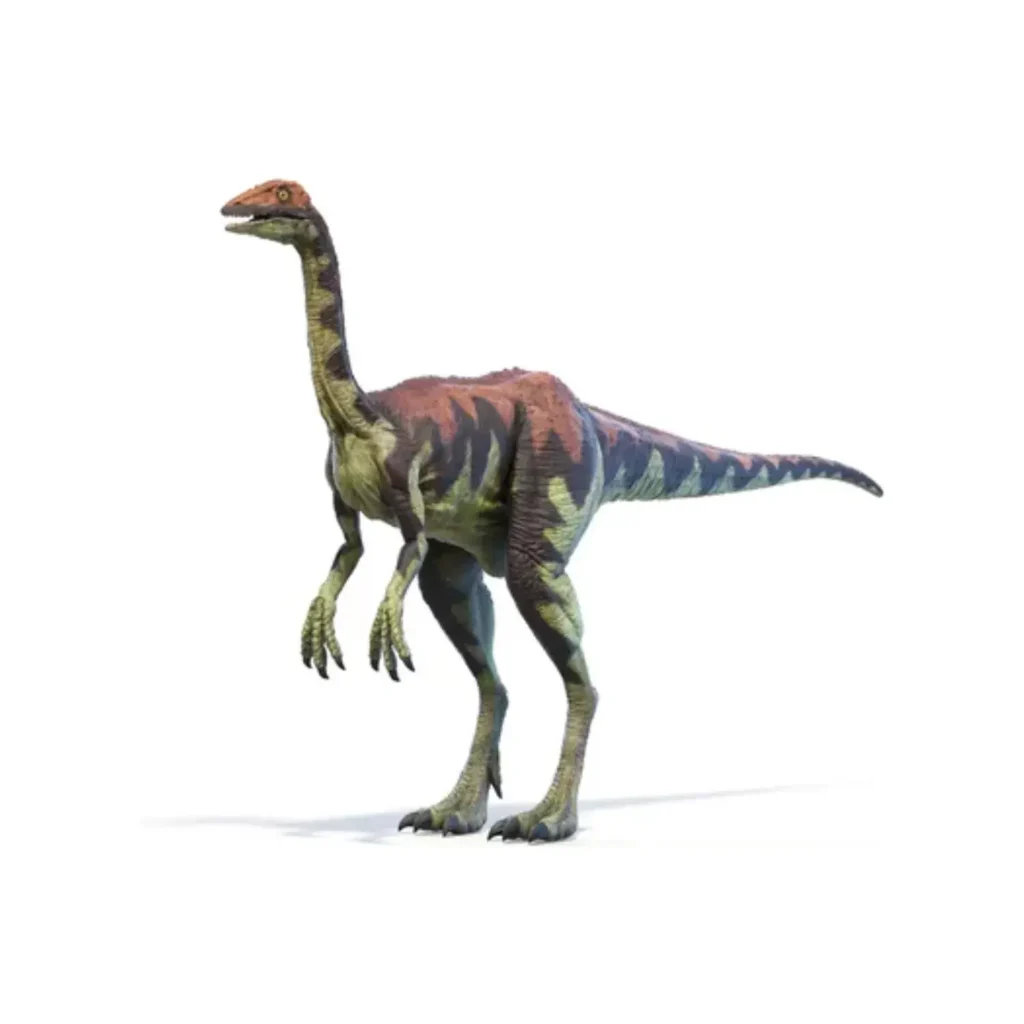
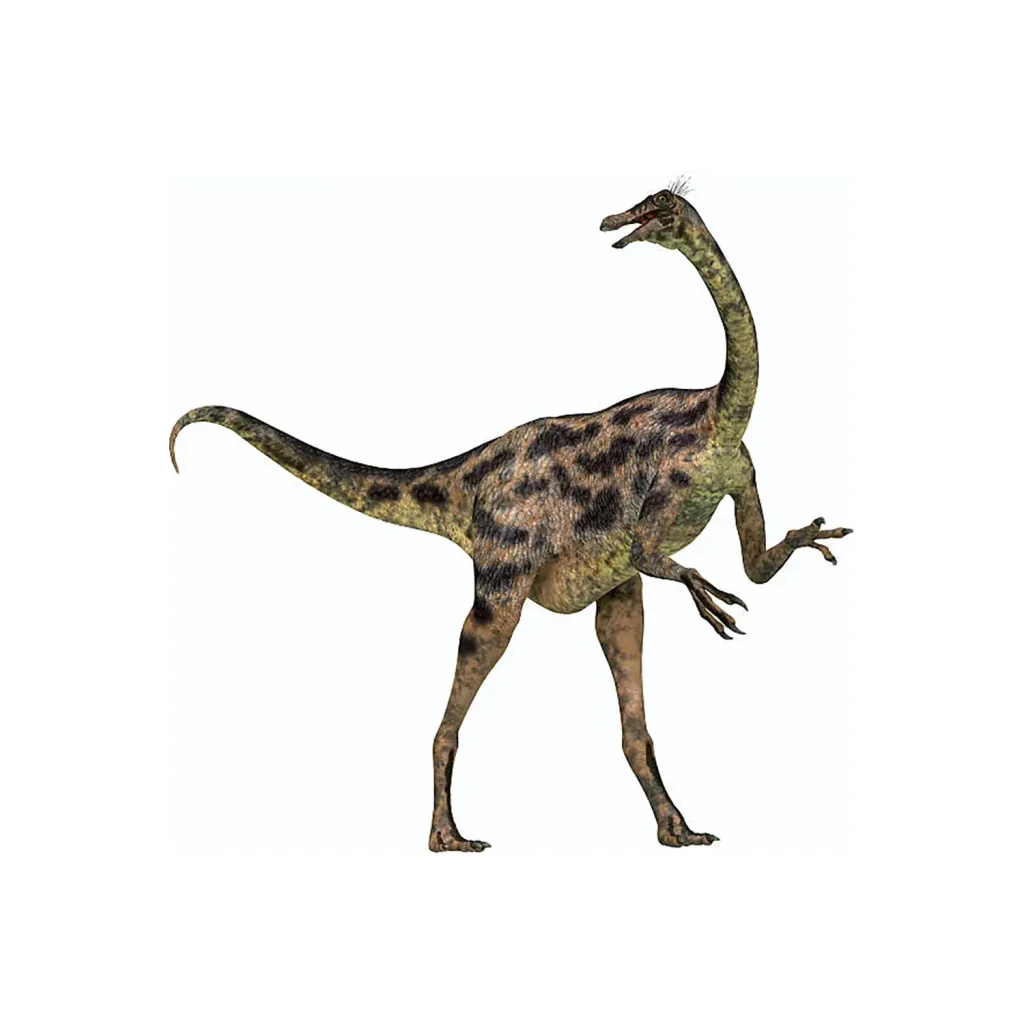













Description
Futalognkosaurus was a gigantic sauropodomorph belonging to the Titanosauridae family, with fossils discovered in northern Patagonia, South America, during the Late Cretaceous period (approximately 87 million years ago).
Its name means “giant chieftain lizard” in the Mapuche language, and the species name, dukeii, is dedicated to Duke Energy, which provided funding for the excavation.
“True Giants” Proven by Excellent Preservation
Futalognkosaurus boasted an immense size, rivaling Argentinosaurus, which is considered the largest dinosaur ever.
Astonishing Size and High Reliability
Futalognkosaurus is estimated to be 26m to 35m long and weigh between 29 tons and 50 tons.
Its height, when standing, is said to have been equivalent to a four-story building.
The greatest strength of this estimate lies in its high reliability.
While many giant sauropods are known only from fragmentary fossils, Futalognkosaurus was discovered in a remarkably complete state, with approximately 70% of its total body skeleton preserved.
Among dinosaurs with nearly complete skeletons, it is worthy of the title “largest,” and its size is considered comparable to Argentinosaurus.
Comparison with Other Giant Sauropods
Sauropods with even larger estimates, such as Amphicoelias (estimated at 50m), are known, but their fossils are only partial.
The discovery of Futalognkosaurus provided a critical clue for accurately representing the complete appearance of giant sauropods to the modern world based on an articulated skeleton.
Unique Physical Features and Ecology
Fossils of Futalognkosaurus, excavated in Neuquén, Argentina, in 2007, have revealed details about its unique ecology.
Skeletal Secrets Supporting Its Massive Body
Futalognkosaurus is classified as a type of titanosaur.
It is characterized by its wide and well-developed hip bones, particularly the ischium and ilium.
Its torso had a broad and massive build, with hip bones measuring an impressive 3 meters across.
It is also known that, unlike Argentinosaurus, which had knob-like spikes on its vertebrae, Futalognkosaurus lacked this feature.
Neck Length and Dietary Adaptations
Futalognkosaurus had a long neck for reaching high foliage and balanced this with a broad, stocky torso.
However, the ecology of juveniles was different from that of adults. Since their necks were shorter and couldn’t reach high branches, it is thought that for about the first year after hatching, they fed on low-lying plants within dense vegetation.
Fossils of fish, crocodiles, and gymnosperms have been found alongside the dinosaur in the excavated rock layer, suggesting the area was a rich floodplain with meandering rivers.
Excavation History and Future Research
Futalognkosaurus is a relatively recently discovered dinosaur, with its first fossils unearthed in 2000 and formally described in 2007.
The excavation was financially supported by Duke Energy.
As a recently discovered species, much more information is expected to be revealed as research progresses, including details on what kind of plants it ate and the specific ecology of its juveniles.
Futalognkosaurus, with its excellent fossil record, is a highly important creature for accurately conveying the appearance of the largest dinosaurs to the modern world.